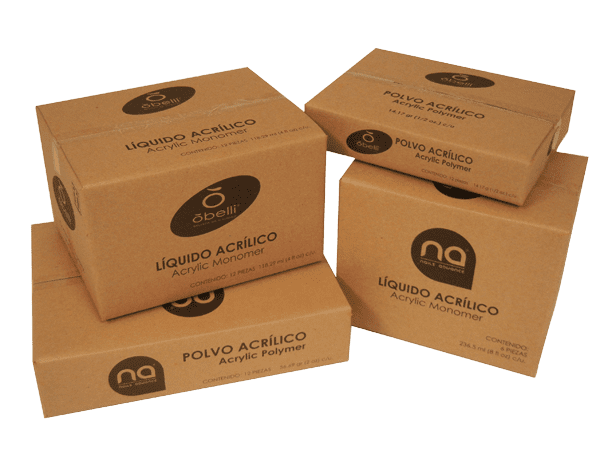Home » 13 Best Shipping Tips Using Corrugated Boxes
13 Best Shipping Tips Using Corrugated Boxes
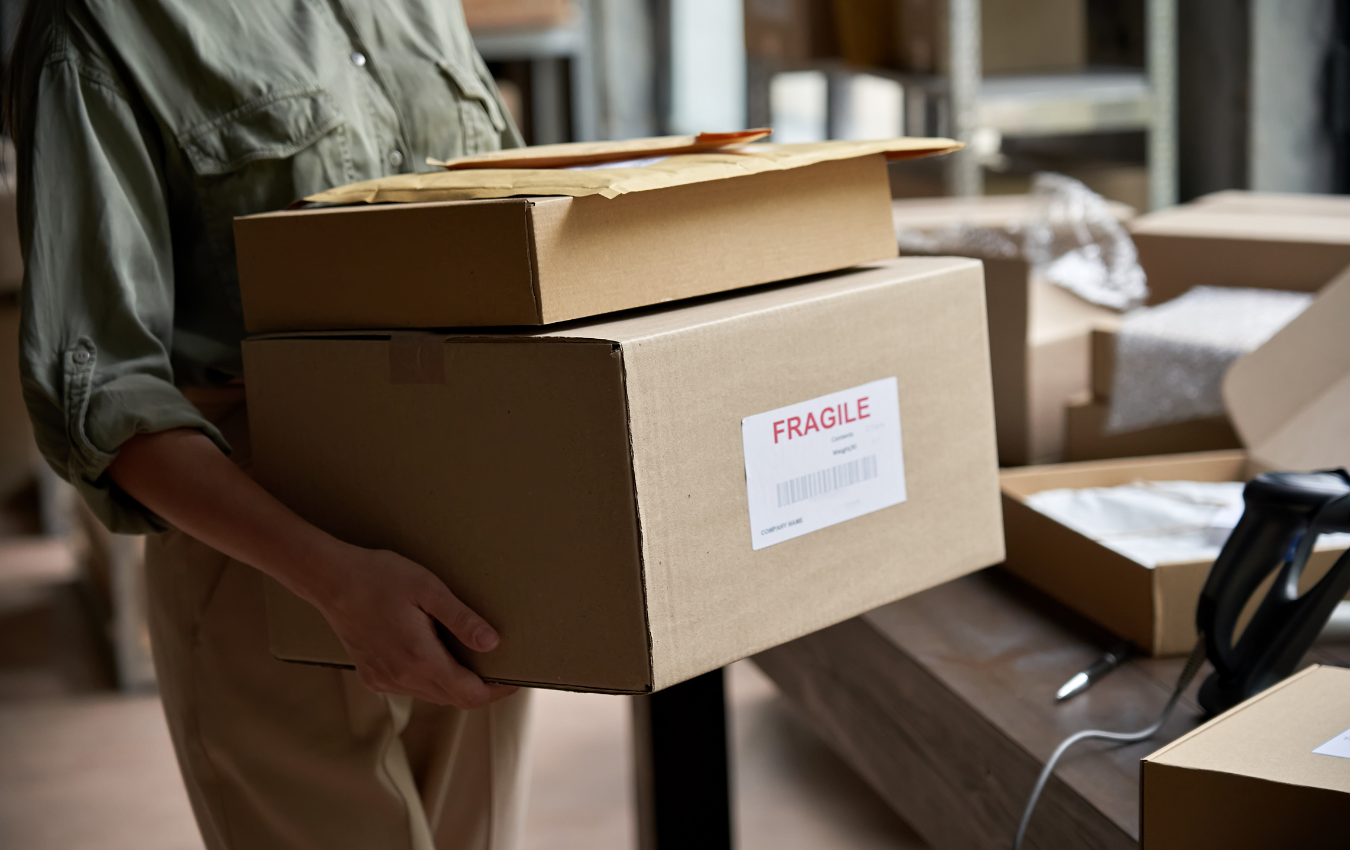
Shipping goods can be a stressful experience, especially when you’re worried about their safety during transit. Corrugated boxes, due to their durable and versatile nature, are a preferred choice for many shippers. Here, we delve into the best practices for packing using corrugated boxes and how to ensure your contents remain protected throughout their journey.
Best Practices for Packing:
Protecting Contents During Transit:
Best Practices for Packing
Choosing the Right Box:
The first step to secure packing is choosing the right-sized box. You don’t want too much empty space, as this can cause items to shift, but you also don’t want to overstuff the box. Ensure the box is sturdy and without damages.
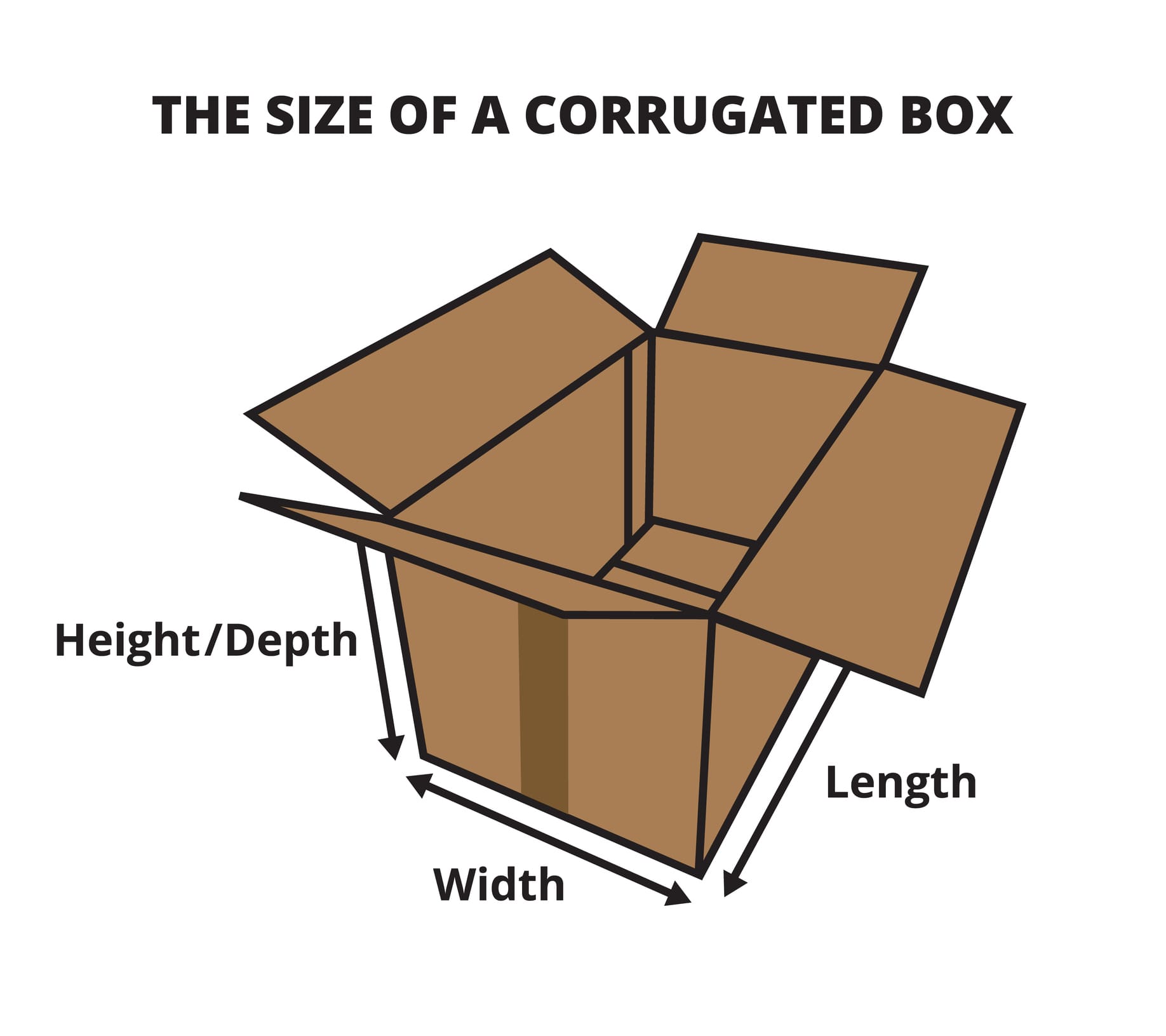
Layering is Key:
Start with a layer of padding at the bottom of the box. This could be bubble wrap, packing peanuts, or crumpled newspaper. This acts as a cushion for your products.
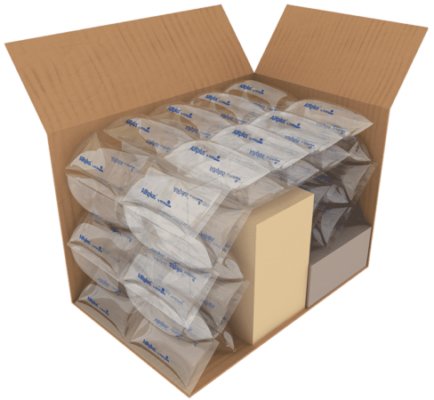
Center the Items:
Place your items in the center of the box, ensuring they’re surrounded by cushioning on all sides. This minimizes the risk of damage from any potential impact during transit.
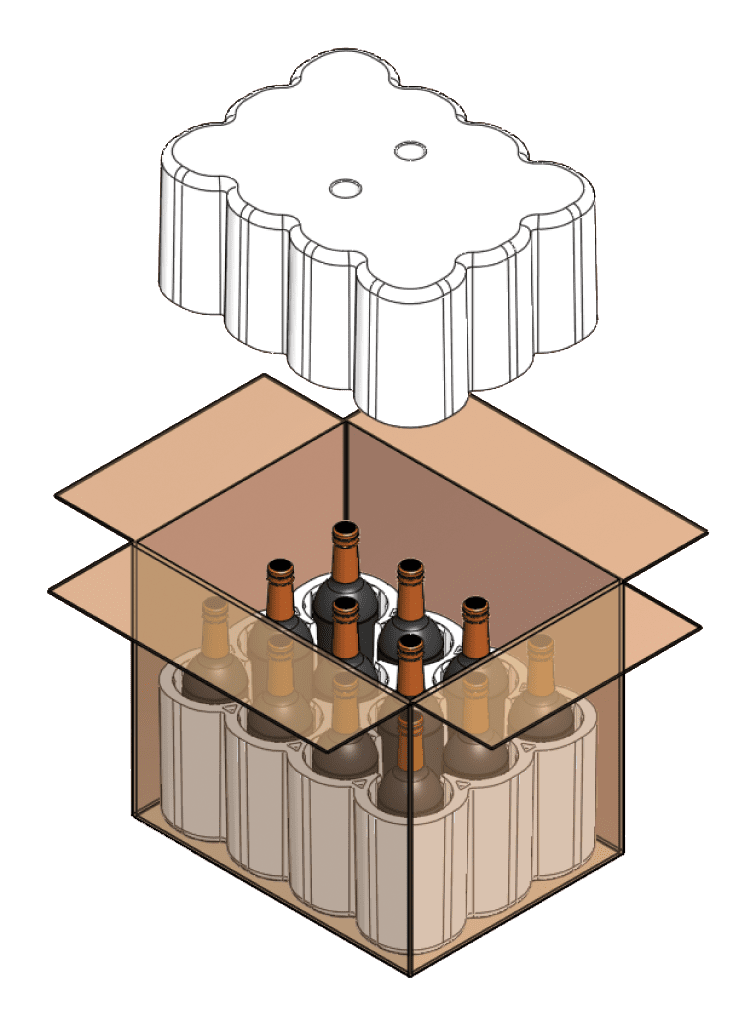
Limit Movement:
Use fillers like air pillows, foam, or crumpled paper to fill any voids in the box. This ensures items don’t move about during shipping.
Seal Securely:
Once everything is packed, seal the box with strong packing tape. Ensure all openings and seams are closed to prevent the ingress of moisture or dust.
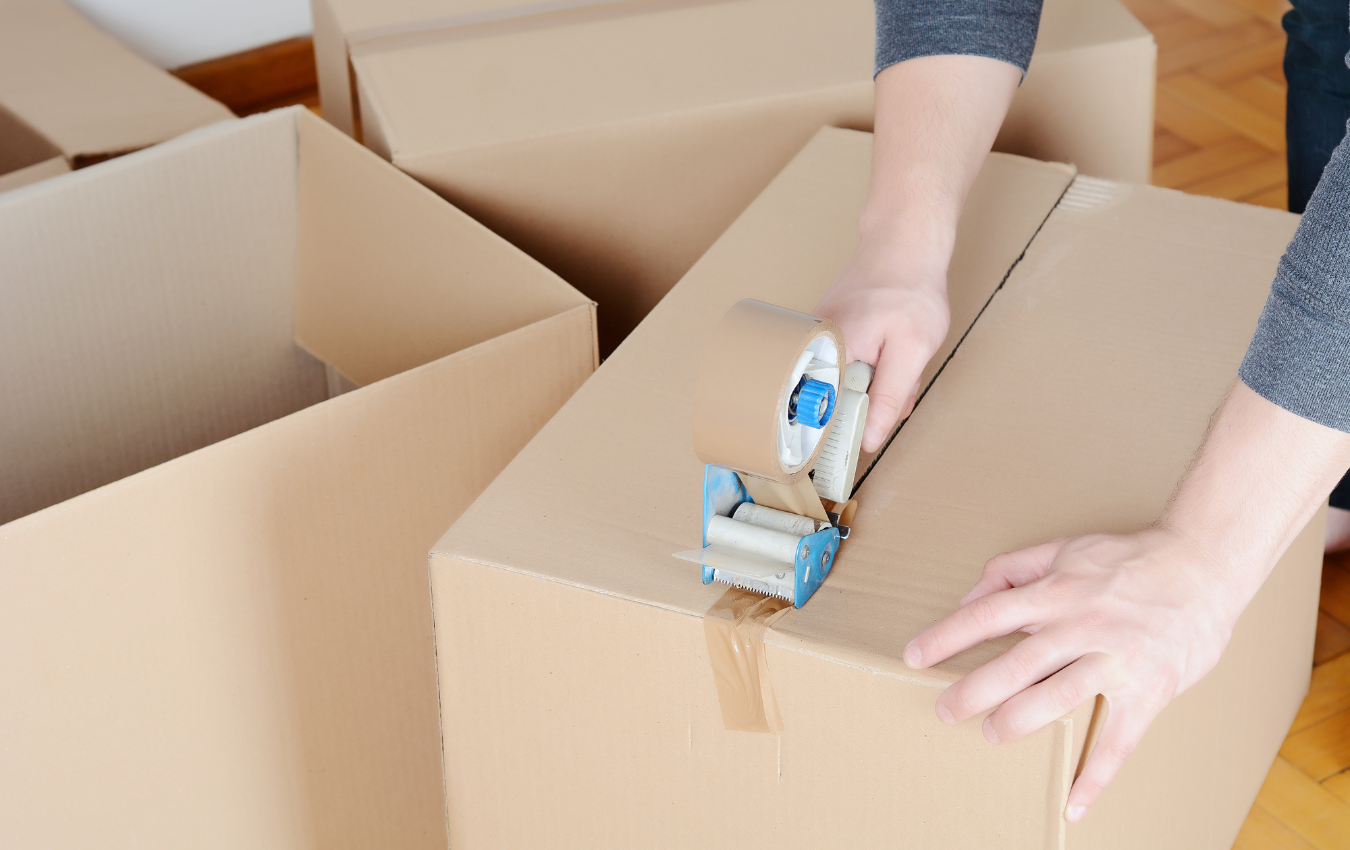
Label Clearly:
Use a waterproof marker to label the contents and provide clear shipping instructions. Fragile items should be marked as such.
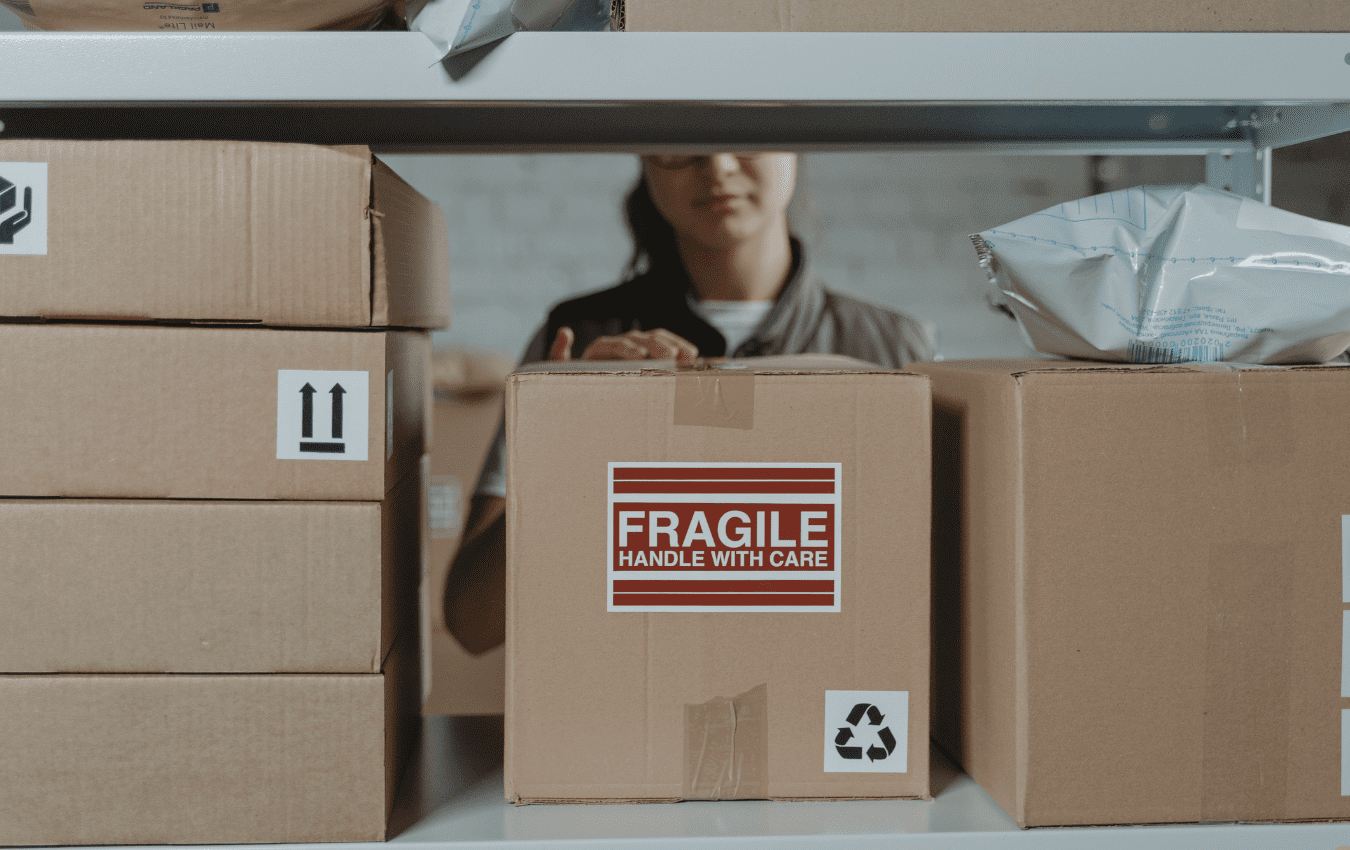
Protecting Contents During Transit
Quality is Paramount:
Invest in high-quality corrugated boxes. They come with different wall structures – single, double, or triple wall. For heavier items or long-distance shipping, consider double or triple-wall boxes.
Corner Protectors:
For items that have sharp or fragile corners, like framed art, use corner protectors. They absorb shocks and reduce the risk of damage.
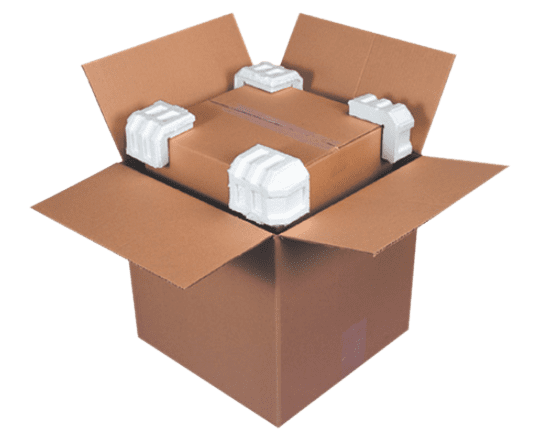
Waterproofing:
Consider wrapping items in a plastic wrap or placing them in sealable plastic bags before packing, especially if they’re susceptible to water damage.
Desiccants:
If shipping items sensitive to moisture, like electronics or certain types of food, add desiccants inside the box. These help absorb any moisture that might find its way inside.
Avoid Overloading:
Even with strong boxes, there’s a weight limit. Respect it. Overloading can compromise the box’s structural integrity.
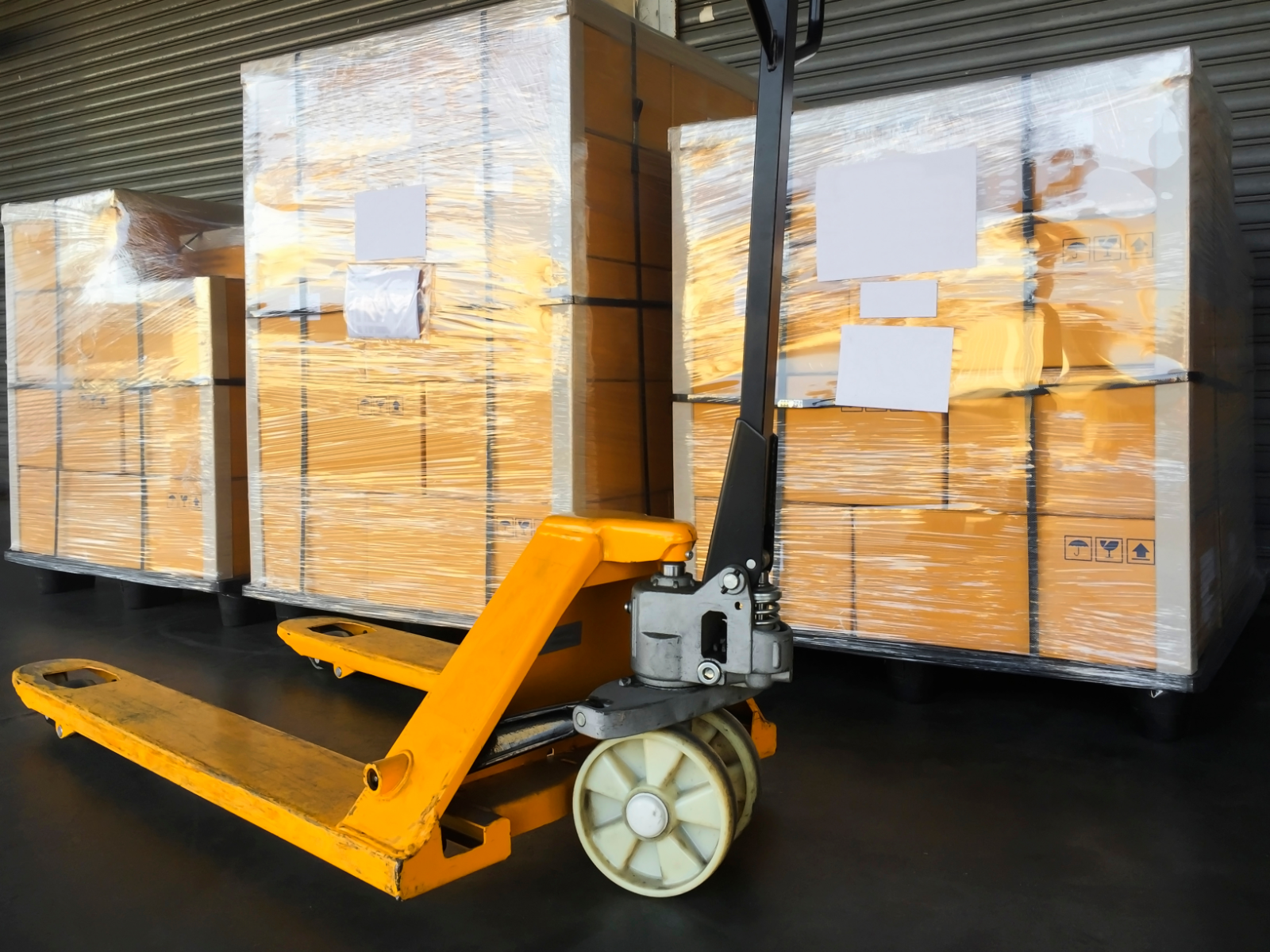
Handle with Care Labels:
Use labels that indicate if a package needs to be handled with care or kept in a certain orientation. This informs handlers about how to treat the package.
Insure Your Shipments:
For high-value items, consider getting shipment insurance. This provides an added layer of protection in case of any unforeseen damages during transit.
If you are interested in corrugated boxes, then partner with Brown Packaging today to get started.
POP display design must serve two masters — maximizing visual impact in-store while minimizing logistics costs. Engineering the right balance between display footprint, assembly complexity,
Functional features like tear strips, windows, and hang tabs can enhance consumer experience and retail appeal—but they also introduce engineering challenges. Each modification affects structural
Phat Snax is redefining the snack aisle with a mission to make America’s snacks better for you — without killing the flavor. Their products, like
When choosing corrugated packaging, box style directly impacts cost, strength, speed of packing, and customer experience. Two of the most common options are the Regular
The holiday season pushes packaging supply chains to their limits. With surging e-commerce demand, constrained carrier capacity, and rising material costs, packaging buyers must navigate
Subscription boxes experience a surge in demand during the holiday season as shoppers purchase gift memberships and curated kits. Packaging for these shipments must balance
Home » 13 Best Shipping Tips Using Corrugated Boxes
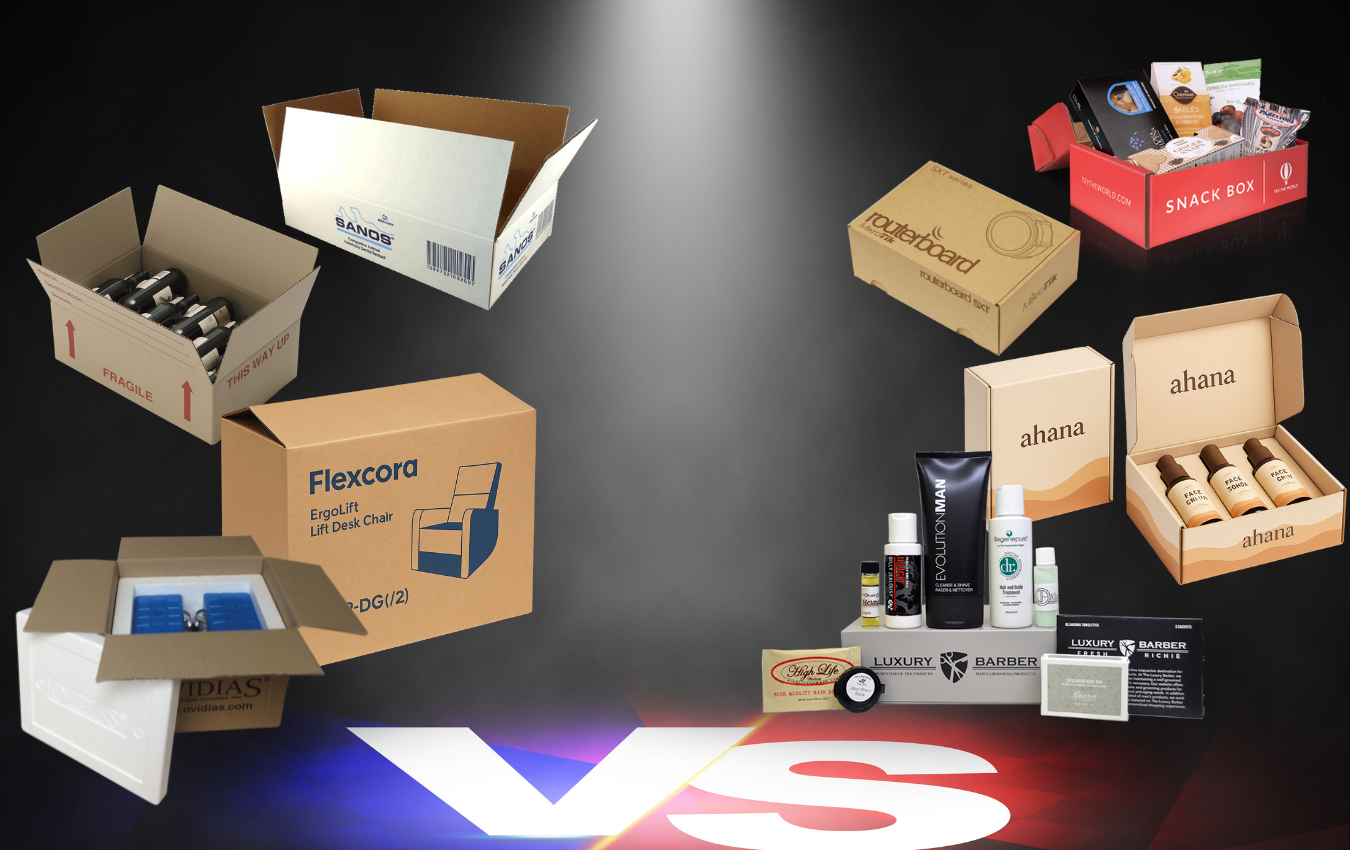
When choosing corrugated packaging, box style directly impacts cost, strength, speed of packing, and customer experience. Two of the most common options are the Regular
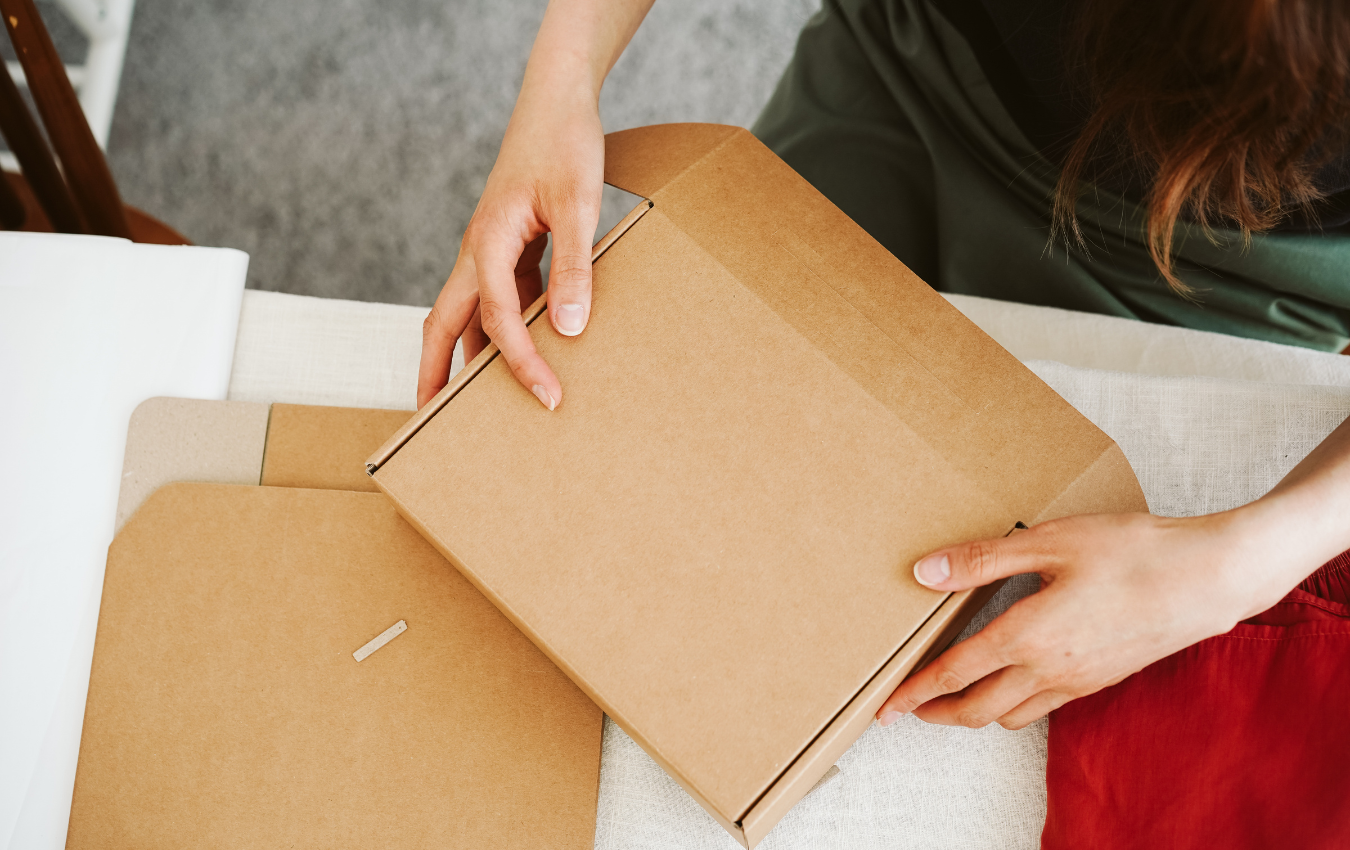
When it comes to choosing the right packaging for your products, you’re often faced with various options. One critical decision in the world of packaging
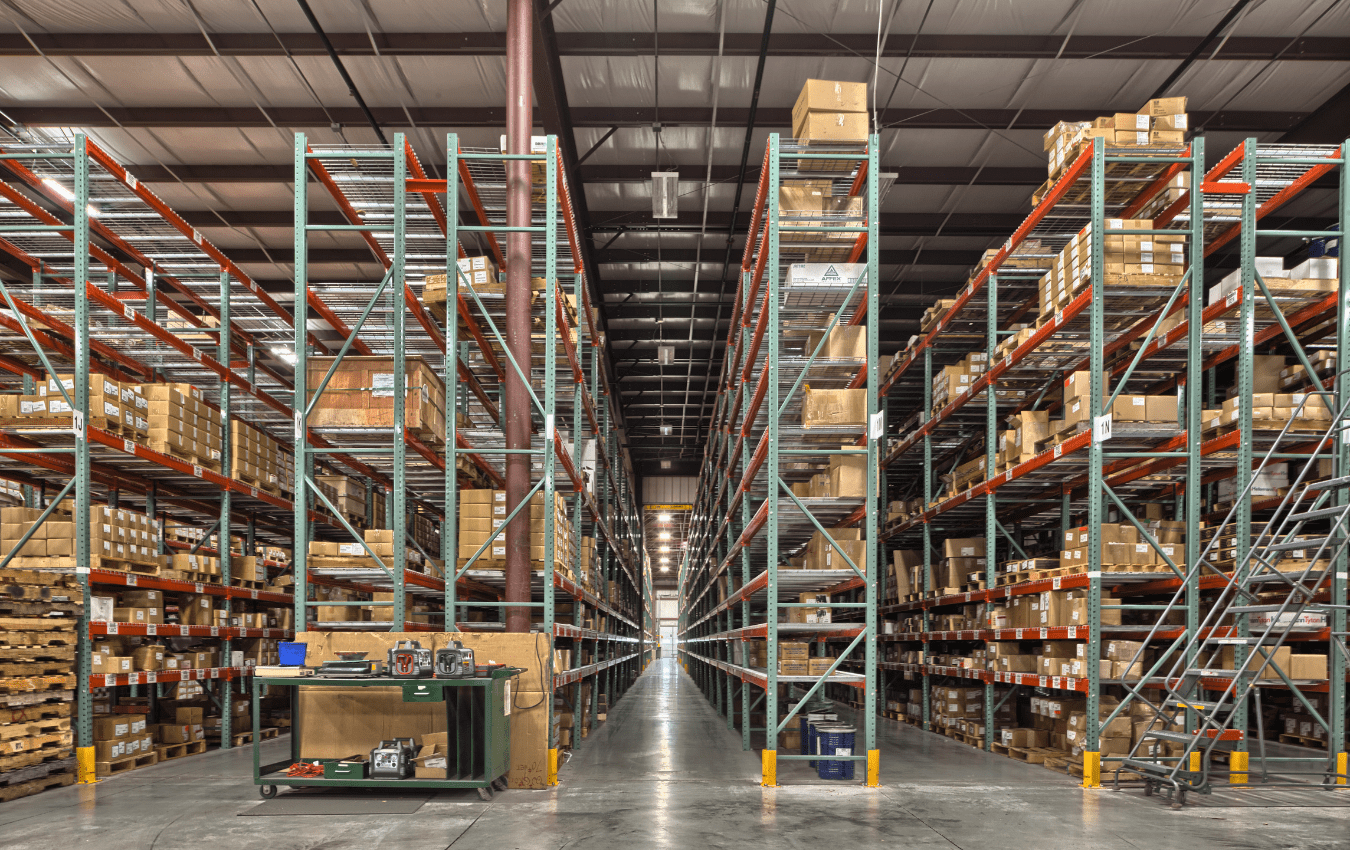
When it comes to storage optimization, one might not immediately think of corrugated boxes as a viable solution. However, corrugated boxes have shown to be


